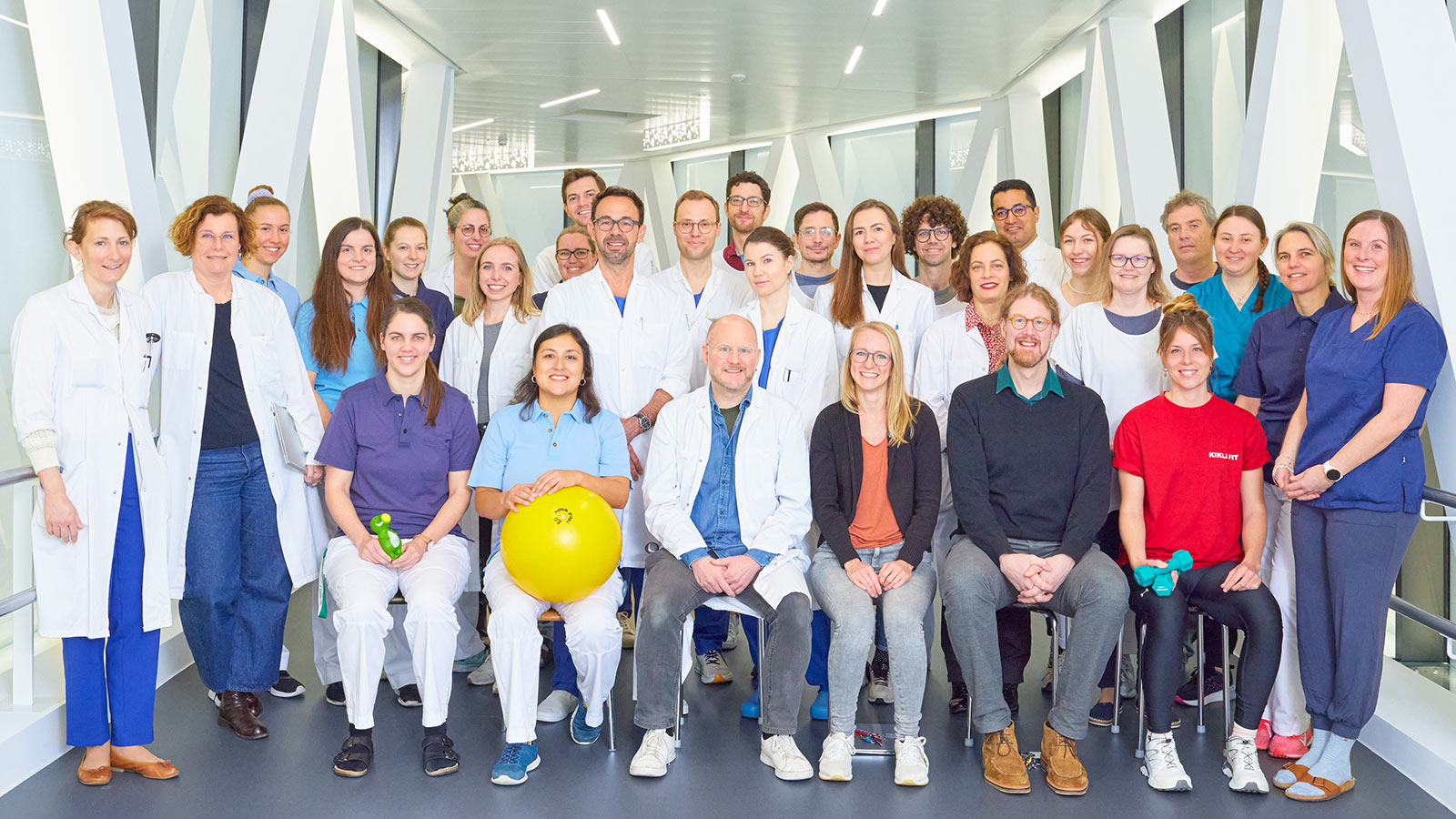A brain tumor is a tumor that develops and grows directly in the central nervous system. Brain tumors most often occur in children and adolescents in the cerebellum (posterior fossa), but they can also grow in the cerebrum or brainstem.
How common is a brain tumor in children?
Tumors in the brain and spinal cord are among the most common types of cancer in children. They account for about a quarter of all cancer diagnoses in children and adolescents.
The spectrum of brain tumors in children differs significantly from that in adults. There are also different frequencies of certain brain tumors depending on the age of the child.
According to the World Health Organization (WHO), the most common brain tumors in children are:
- low-grade gliomas (LGG) such as pilocytic astrocytoma
- high-grade gliomas (HGG)
- ependymomas
- embryonal tumors such as medulloblastoma
WHO classification
Brain tumors are classified into different grades for prognosis and treatment: from grade 1 for slow-growing tumors to grade 4 for aggressively growing tumors that metastasize quickly.
What causes brain tumors?
The causes of brain tumors in children and adolescents are not yet fully understood and are the subject of numerous research projects and medical studies. There are no proven risk factors, although some genetic disorders may potentially increase the risk of developing a brain tumor.
What are the symptoms of a brain tumor?
The symptoms of brain tumors are very diverse and sometimes non-specific. They depend primarily on the type of tumor, its location in the brain, the tumor size and the age of the child.
Symptoms can include:
- headaches
- vomiting on an empty stomach
- epileptic fits
- speech and vision disorders (double vision, strabismus, etc.)
- coordination and balance disorders
- paralysis
- memory disorders
- personality changes
- increasing head circumference in infants (hydrocephalus)
Signs are often acute in fast-growing brain tumors, and more gradual in slow-growing ones.
How is a brain tumor diagnosed in children?
If a brain tumor is suspected, an imaging scan of the head (and spine) will be performed. This is usually a magnetic resonance imaging (MRI). Sometimes this examination, especially in very young patients, is done under sedation.
In order to identify the tumor precisely and determine what type of tumor it is, a tissue sample is taken during surgery. This tissue is then examined in a laboratory (histopathology). This examination is important for determining any further treatments that may be necessary for the tumor. This could be additional chemotherapy, radiotherapy or a combination of both. For less aggressive tumors, a watchful waiting approach is also possible after surgery without additional therapies.
Research results in diagnostics
Advances in molecular genetics have led to a shift from pure histopathological diagnosis to integrated diagnosis. These new criteria were first included in the WHO classification published in 2016 and further updated in the 2021 edition. The integrated diagnosis is based on molecular genetic similarities of tumor subclasses and can better explain differences in the clinical course of histologically identical tumors.
How is a brain tumor treated in children?
The treatment of brain tumors in children is complex. The pediatrician often plays the main role at the beginning of therapy. However, if a brain tumor is suspected, a pediatric neurologist and/or pediatric neurosurgeon should also be consulted at an early stage.
The standard treatment for a brain tumor involves the surgical removal of the tumor. While surgery may be sufficient for low-grade tumors, high-grade tumors typically require additional treatment steps, such as radiation therapy and/or chemotherapy. Particularly in children, the long-term effects can be severe because their brains are still developing and are sensitive to external influences.
An interdisciplinary team of experts is essential to ensure an optimal treatment strategy. The disciplines involved must exchange information and coordinate at regular intervals. *
At the Inselspital, this takes place as part of our weekly interdisciplinary Paediatric Tumour Board, where decisions are made regarding the type of therapy and interventions. Specialists from the following fields meet at the Tumour Board:
- child oncology
- child neurosurgery
- child neurology
- radiation oncology
- child intensive care
- neuroradiology
- child radiology
- neuropathology
- specialized nursing staff
If necessary, a (neuro-)psychologist or a specialized therapist is also consulted.
Research results in therapy
Important advances have also been made in pediatric neuro-oncology. Growing understanding of the molecular genetic background of tumor development has improved diagnostic accuracy. The stratification and personalization of treatment protocols and the development of targeted therapies will have a significant impact on prognosis and quality of life.
In some pediatric tumors, these advances have already significantly improved therapeutic management and prognosis in certain tumor subgroups. *
Why you should get treatment at Inselspital
The optimal treatment is always discussed and determined individually in the interdisciplinary tumor board with all specialists and discussed with the parents of our young patients.
-
Lutz K, Jünger ST, Messing-Jünger M. Essential Management of Pediatric Brain Tumors. Children (Basel). 2022 Apr 2;9(4):498. doi: 10.3390/children9040498.

